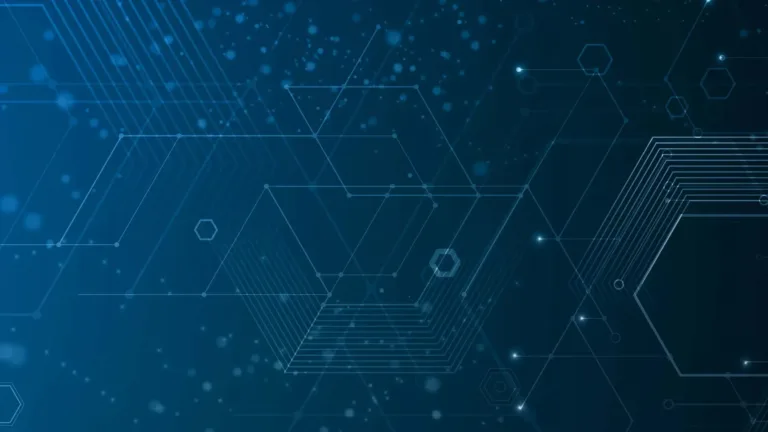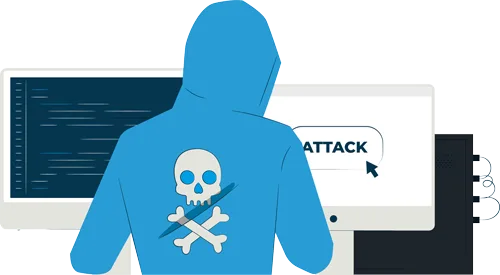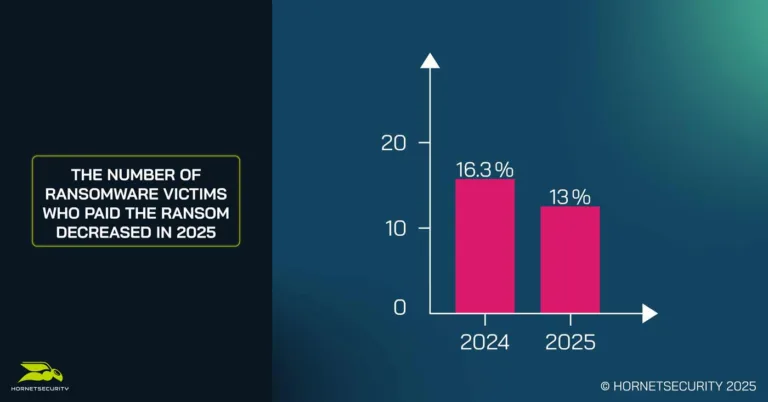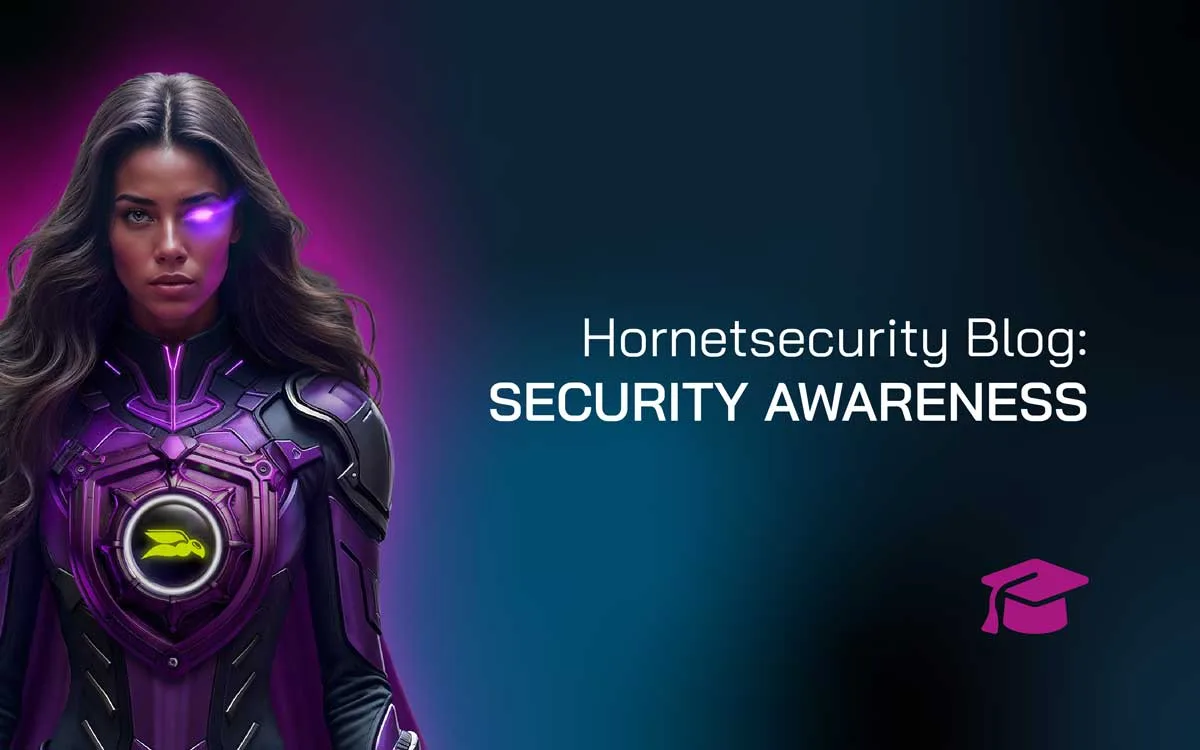

What 2025 Teaches Us About Ransomware and the Future of Cyber Resilience
Ransomware in 2025 is a paradox. On the one hand, attacks are rising again, fueled by automation, AI-enhanced phishing, and increasingly targeted tactics, especially those targeting multiple endpoints.
On the other hand, businesses are proving more prepared than ever, with 82% now reporting disaster recovery plans and 62% adopting immutable backups.
This growing resilience means fewer victims are paying ransoms, but the story doesn’t end there. Behind the numbers, small and mid-sized businesses remain especially vulnerable, insurers are pulling back, and attackers are shifting toward more destructive methods.

Ransomware Impact Report 2025
Ransomware attacks are increasing for the first time in 3 years, reaffirming its status as one of the most persistent threats to businesses in 2025.
Find out how organizations are adapting, what emerging trends are, and where new risks lie.
The world of ransomware is changing exponentially. Even though our defenses are improving, we still have a long way to go in this ongoing battle. In this article, we look ahead at how companies must adapt to the shifting ransomware attack landscape and the steps you need to start taking now to stay ahead of the evolving threat.
Resilience also on the Rise: Protection, Plans, and Recovery
Despite the evolving threat landscape, it’s not all doom and gloom. There are signs of improved preparedness and operational maturity emerging across the board:
- 82% of organizations now have a disaster recovery (DR) plan in place, a significant milestone suggesting that DR planning is becoming a baseline expectation;
- 62% have adopted immutable backups, which cannot be modified or encrypted even during an active attack.
These measures appear to be paying off: while ransomware victimization is up, the proportion of victims paying ransoms is down, suggesting that recovery capabilities and preparation for the threats are improving.
However, there’s a crucial nuance: data loss and operational disruption remain high, particularly among small organizations, which still often lack segmented backups, incident response teams, or recovery testing protocols.
The Readiness Gap in SMBs
Small businesses continue to face outsized risk:
- They represent a disproportionately high share of victims;
- Many rely on minimal IT staffing, outdated infrastructure, or outsourced providers with limited scope;
- Training is often infrequent or overly generic;
- Shadow IT and poor patching practices are rampant.
Although more SMBs now report having a DR plan, our data suggests that “readiness” on paper doesn’t always translate into actual resilience when an attack hits.
Organizations pursuing ISO 27001 or similar compliance frameworks are showing stronger results, but many still confuse certification with security maturity, a critical distinction.
Only 13% of Victims Paid, but the Threat Persists
This year, 13% of victims reported to have paid a ransom, down from 16.3% in 2024. This suggests that more organizations are recovering without giving in, thanks to:
- Better backup maturity, such as immutable backups (direct protection against ransomware);
- Wider disaster recovery plan (DR) adoption;
- Clearer response protocols.
The threat itself is not diminishing, it’s changing form. Double extortion, targeted data exfiltration, and reputational sabotage are now core parts of attackers’ playbooks. And while fewer ransoms are paid, the financial damage remains substantial due to downtime, data loss, and recovery expenses.

Additionally, we observed a decline in ransomware insurance adoption:
- 46% of organizations report having ransomware insurance in 2025, down from 54.6% in 2024.
- Reasons include rising premiums, stricter qualification criteria, and limited payouts.
This shift suggests that reliance on insurance is no longer seen as a fallback plan, further emphasizing the need for robust internal defenses.
AI-Enhanced Attacks Drive Defensive Innovation
With AI-powered phishing now a top concern, organizations are responding by:
- Increasing adoption of extended detection and response (XDR) platforms;
- Moving toward zero trust architectures;
- Integrating AI-based behavioral analysis for early warning signs of ransomware activity.
That being said, attackers are evolving just as fast, using deepfakes, AI-crafted lures, and multi-stage automation to breach systems with unprecedented speed and subtlety.
This arms race between AI-driven attackers and defenders is expected to define the next several years of ransomware evolution.
Leadership & Governance: Still Catching Up
Cybersecurity is increasingly a board-level issue, driven by:
- Rising regulatory pressure (NIS2, DORA, etc.);
- Growing reputational risk from publicized breaches;
- Direct ties between cyber incidents and business continuity.
Yet many organizations still report a disconnect between technical realities and executive-level understanding:
- Few boards participate in cyber crisis simulations;
- Cross-functional playbooks are rare;
- External communication plans, especially in the event of AI-powered misinformation or deepfake-driven extortion, are underdeveloped.
As threats grow more sophisticated and public impact increases, cyber governance must evolve beyond compliance to strategic readiness.
Key Indicators: 2024 vs. 2025
| Indicator | 2024 | 2025 |
|---|---|---|
| Victimization rate | 18.6% | 24% |
| Phishing/email-based attacks | 52.3% | 46% |
| Compromised credentials | ~20% (est.) | ~25% |
| Exploited vulnerabilities | — | ~12% |
| Paid ransom | 16.3% | 13% |
| Ransomware insurance adoption | 54.6% | 46% |
| Organizations providing user training | 81.3% | 74% |
| Training considered inadequate | — | 42% |
| Immutable backups | — | 62% |
| DR Plan implementation | — | 82% |
| AI phishing perceived as a threat | 66.9% | 77% |
Resilience Is Growing, but So Are the Threats
2025 is a turning point in the ransomware landscape. Although the number of attacks and perceived threats are increasing, countermeasures are growing in response.
For the first time in three years, attacks are rising again — up to 24% of organizations affected, reversing a downward trend. This resurgence is fueled by automation, AI-enhanced phishing, and increasingly targeted, multistage tactics.
However, our findings also reveal encouraging progress in resilience and readiness:
- Ransom payments dropped to just 13%, indicating greater recovery confidence;
- 62% of organizations use immutable backups, up significantly from prior years;
- 82% now have a Disaster Recovery (DR) Plan, establishing a new baseline for preparedness;
- Phishing remains the top attack vector, but compromised endpoints and stolen credentials are closing the gap;
- AI-driven threats are rising, yet so is AI-powered defense.
What Comes Next?
Ransomware is becoming more sophisticated, but so are the defenders. The path forward requires acknowledging that breaches are inevitable, but damage doesn’t have to be.
The most resilient organizations are shifting from reactive defenses to proactive strategies:
- Hardening endpoint and identity protection;
- Regularly testing and validating DR and backup systems;
- Providing ongoing, realistic user training, not checkbox compliance;
- Implementing zero trust and behavioral analytics;
- Bridging the gap between technical response and executive leadership.
Stay Ahead of Ransomware With 365 Total Protection
To meet these evolving threats, Hornetsecurity’s 365 Total Protection offers the widest range of Microsoft 365 security features that streamline and future-proof your business operations.
Developed by trusted security experts, 365 Total Protection seamlessly integrates with Microsoft 365 and empowers businesses with next-gen, AI-powered technology that is effortless to use and unwavering in its effectiveness in fighting ransomware and other cyber threats.

As ransomware continues to evolve, your defense must too.
Schedule your demo today and see how 365 Total Protection keeps your business running strong.
With 365 Total Protection, you’re not just responding, you’re staying ahead.
Conclusion
2025 is a turning point for ransomware. Organizations are getting smarter, with stronger backups, better recovery strategies, and a growing shift toward Zero Trust. Yet the attacks themselves are also evolving, blending AI-driven deception with more sophisticated extortion tactics.
It proves that ransomware is no longer just a technology problem; it’s a business continuity challenge, a governance issue, and a test of resilience. The businesses that will thrive aren’t the ones that avoid every attack, but the ones that prepare, recover fast, and use every incident as a chance to strengthen their defenses.
FAQ
Ransomware attacks have risen to 24%, driven by automation and AI-enhanced phishing, despite growing cybersecurity resilience among businesses.
Many businesses are proactively adopting Disaster Recovery plans, with 82% having implemented them, greatly enhancing their preparedness against future attacks.
While more SMBs report having a DR plan, their readiness still lags behind that of larger organizations, leaving them vulnerable to attacks. Therefore, get to know our 365 Total Protection and learn how to effectively defend against ransomware attacks.

